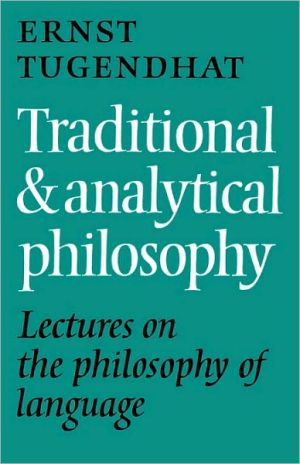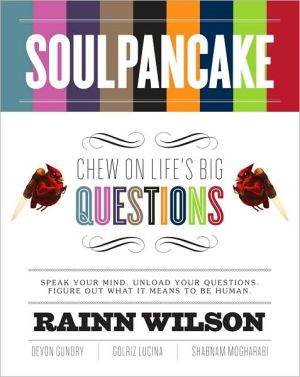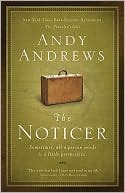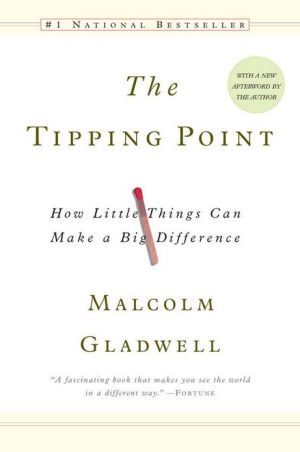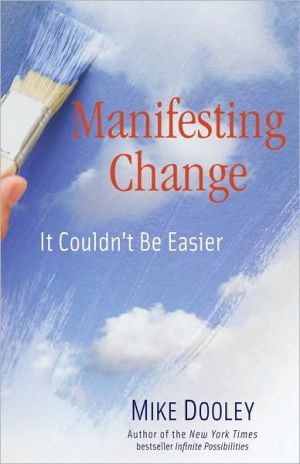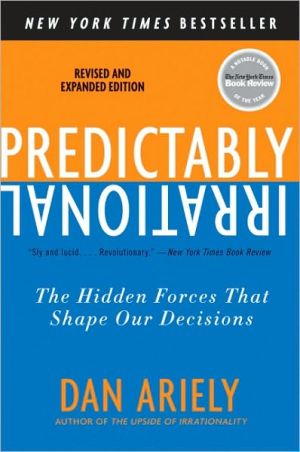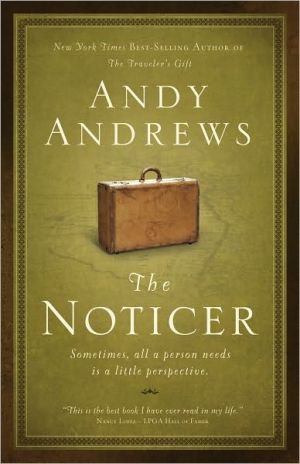Traditional and Analytical Philosophy: Lectures on the Philosophy of Language
A major study of some of the central and abiding questions of metaphysics and the philosophy of language by one of the most eminent contemporary German philosophers. Originally published in 1976, it was first translated into English in 1982. Ernst Tugendhat was trained in the Heideggerian modes of phenomenological and hermeneutical thinking. Yet increasingly he came to believe that the most appropriate approach was from within the framework of analytical philosophy. This book grew out of that...
Search in google:
A study of some of the central and abiding questions of metaphysics and the philosophy of language by Ernst Tugendhat.
Preface; Translator's preface; Part I. Introduction: Confrontation of Analytical Philosophy with Traditional Conceptions of Philosophy: 1. A question of method; 2. A philosopher in search of a conception of philosophy; 3. Ontology and semantics; 4. Has formal semantics a fundamental question?; 5. Consciousness and speech; 6. The argument with the philosophy of consciousness continued; 7. A practical conception of philosophy; Part II. A First Step: Analysis of the Predicative Sentence: 8. Preliminary reflections on method and preview of the course of the investigation; 9. Husserl's theory of meaning; 10. Collapse of the traditional theory of meaning; 11. Predicates: the first step in the development of an analytical conception of the meaning of sentences. The dispute between nominalists and conceptualists; 12. The basic principle of analytical philosophy. The dispute continued. Predicates and quasi-predicates; 13. The meaning of an expression and the circumstances of its use. Dispute with a behaviouristic conception; 14. The employment-rule of an assertoric sentence. Argument with Grice and Searle; 15. Positive account of the employment-rule of assertoric sentences in terms of the truth-relation; 16. Supplements; 17. 'And' and 'or'; 18. General sentences. Resumption of the problem of predicates; 19. The mode of employment of predicates. Transition to singular terms; 20. What is it for a sign to stand for an object? The traditional account; 21. The function of singular terms; 22. Russell and Strawson; 23. What is 'identification'?; 24. Specification and identification. Specification and truth; 25. Spatio-temporal identification and the constitution of the object-relation; 26. Supplements; 27. Results; 28. The next steps; Notes; Bibliography; Indexes.
